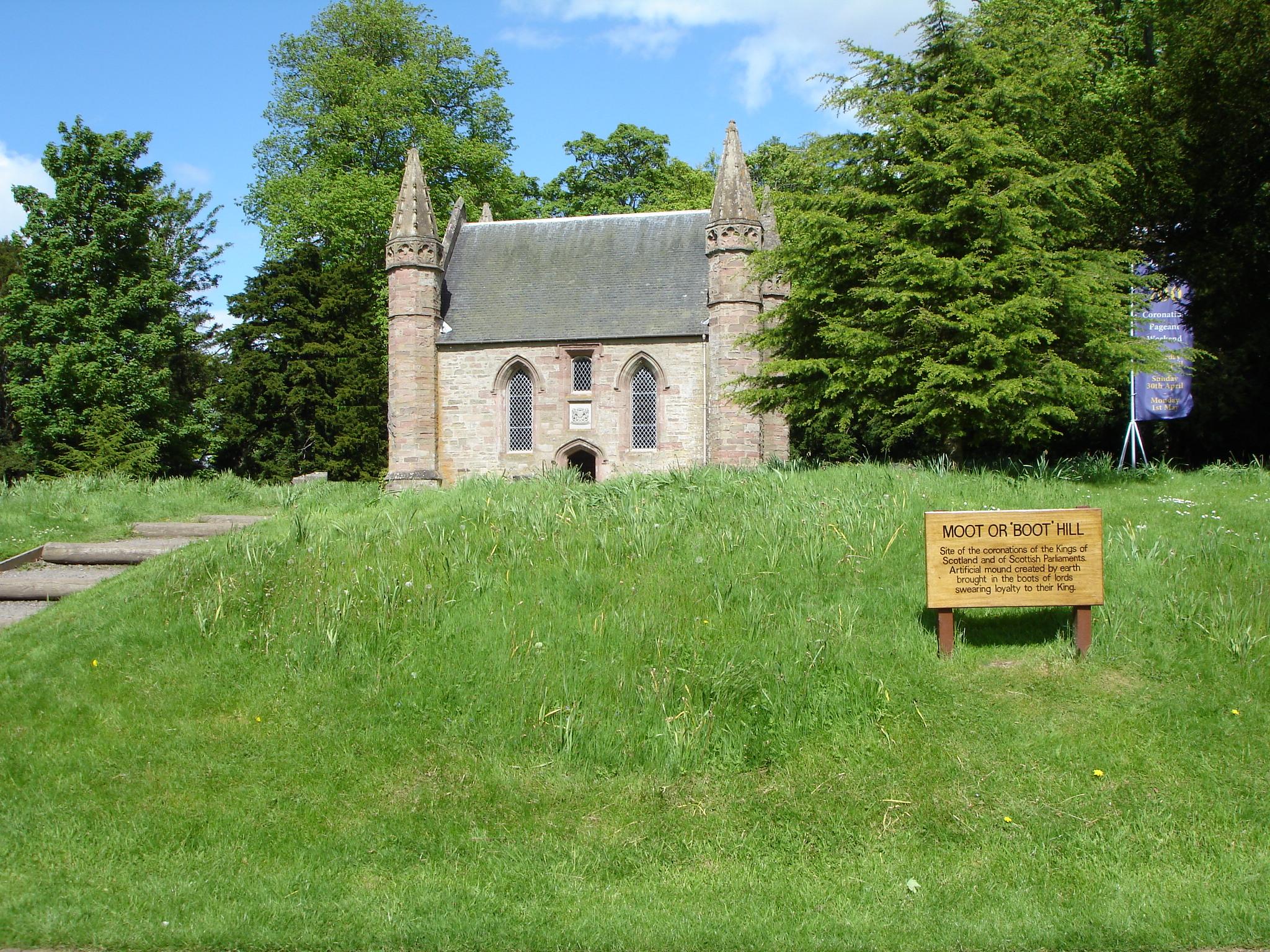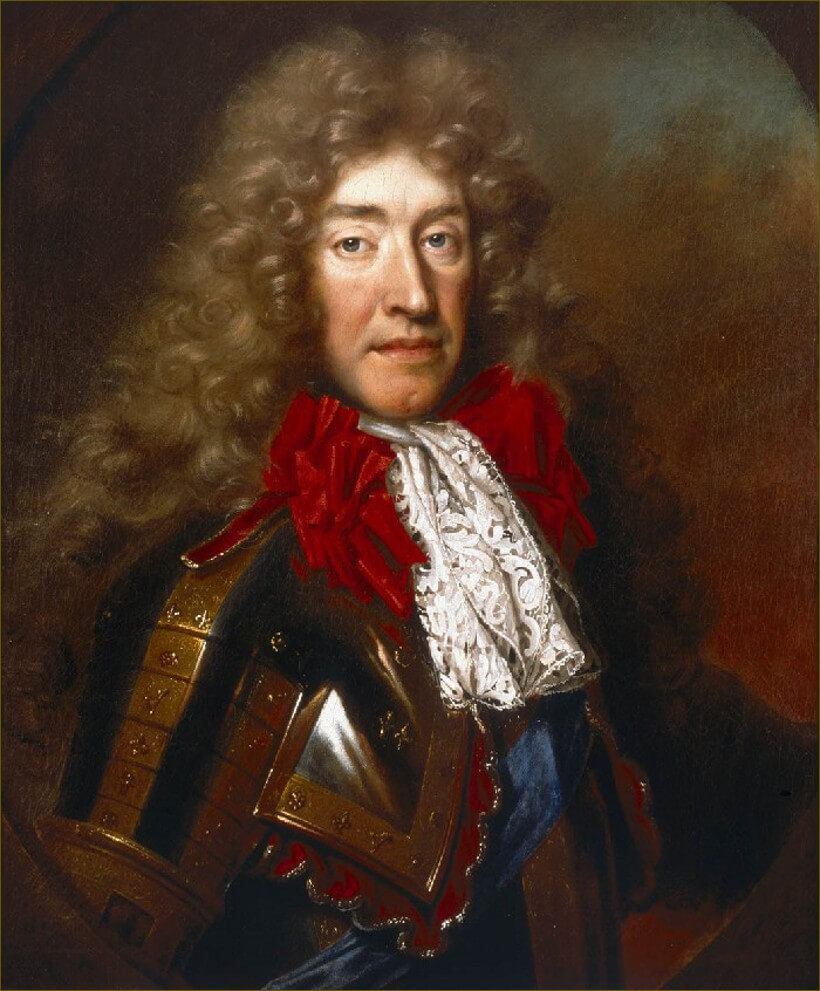|
Convention Of The Scottish Estate
The Convention of Estates of Scotland was a sister institution to the Scottish Parliament which sat from the early sixteenth century. Initially it was only attended by the clergy and nobles, but the burgh commissioners were later added. The Convention of Estates differed from Parliament in that it could be summoned by the King for the limited purpose of raising taxation, but could not pass other legislation. Like its predecessor General Council it played an important role in political and legislative affairs in Scotland in the sixteenth and seventeenth centuries. During the Glorious Revolution in Scotland, the Scottish Privy Council summoned the Convention of Estates of 1689 to determine the throne of Scotland. It offered it to William and Mary, adopting the Articles of Grievances and Claim of Right Act 1689, and transformed itself into a full parliament. See also * List of parliaments of Scotland (includes Conventions of Estates) * Commissioner (Scottish Parliament) * Conven ... [...More Info...] [...Related Items...] OR: [Wikipedia] [Google] [Baidu] |
Parliament Of Scotland
The Parliament of Scotland ( sco, Pairlament o Scotland; gd, Pàrlamaid na h-Alba) was the legislature of the Kingdom of Scotland from the 13th century until 1707. The parliament evolved during the early 13th century from the king's council of bishops and earls, with the first identifiable parliament being held in 1235 during the reign of Alexander II, when it already possessed a political and judicial role. A unicameral institution, for most of its existence the Parliament consisted of the three estates of clergy, nobility, and the burghs. By the 1690s it comprised the nobility, the shires, the burghs, and various officers of state. Parliament gave consent for the raising of taxation and played an important role in the administration of justice, foreign policy, war, and the passing of a broad range of legislation. Parliamentary business was also carried out by "sister" institutions, such as General Councils or Conventions of Estates, which could both carry out much bu ... [...More Info...] [...Related Items...] OR: [Wikipedia] [Google] [Baidu] |
Burgh Commissioners
A commissioner was a legislator appointed or elected to represent a royal burgh or shire in the pre-Union Scottish Parliament and the associated Convention of the Estates. Member of Parliament (MP) and Deputy are equivalent terms in other countries. The Scottish Parliament (also known as the Three Estates) and the Convention of the Estates were unicameral legislatures, so commissioners sat alongside prelates (the first estate) and members of the nobility (the second estate). Burgh commissioners Burgh commissioners were the third estate, and were the longest-established and most powerful group of commissioners to parliament. They first attended in 1326. Burgh commissioners often acted and lobbied collectively, assisted by the fact that the Convention of Royal Burghs often met in association with parliamentary sessions. Shire commissioners From the 16th century, the second estate of the nobility was reorganised by the selection of shire commissioners from the lower nobility: ... [...More Info...] [...Related Items...] OR: [Wikipedia] [Google] [Baidu] |
General Council Of Scotland
General Council in medieval Scotland was a sister institution to parliament that existed between the late fourteenth century and the early sixteenth century. It has been argued to be almost indistinguishable from parliament, and has always been treated together with parliament by historians. The main difference was that it could be called with less than the statutory 40 days' notice required for parliament and other courts, and, since it was not a court, did not have the final judicial capacity of the senior institution over issues such as forfeiture of life and property for treason. It could and did raise taxation and issued legislation just as important as parliament. In times of royal minority or incapacity it was often preferred to parliament (for instance the reigns of Robert II, Robert III, the period of captivity of James I (1406 to 1424), and much of the long minority of James II (1437 to 1445). In the reign of James III it seems to have been largely abandoned, even ... [...More Info...] [...Related Items...] OR: [Wikipedia] [Google] [Baidu] |
Glorious Revolution In Scotland
The Glorious Revolution in Scotland refers to the Scottish element of the 1688 Glorious Revolution, in which James VII was replaced by his daughter Mary II and her husband William III of Orange, William II as joint monarchs of Kingdom of Scotland, Scotland and Kingdom of England, England. Prior to Acts of Union 1707, 1707, the two kingdoms shared a common monarch but were separate legal entities, so decisions in one did not bind the other. In both countries, the Revolution confirmed the primacy of Parliament over the Crown, while the Church of Scotland was re-established as a Presbyterian rather than Episcopalian polity. Although James became king in February 1685 with widespread support in both countries, tolerance for his personal Catholicism did not apply to the religion in general. When the Parliaments of Parliament of England, England and Parliament of Scotland, Scotland refused to rescind Test Act, legal restrictions on Catholics, James suspended them and ruled by decree. ... [...More Info...] [...Related Items...] OR: [Wikipedia] [Google] [Baidu] |
Convention Of Estates Of 1689
The 1689 Convention of Estates sat between 16 March 1689 and 5 June 1689 to determine the settlement of the Scottish throne, following the deposition of James VII in the 1688 Glorious Revolution. The Convention of the Estates of Scotland was a sister-institution to Parliament, comprising the three estates of bishops, barons and representatives of the Burghs. Historically, it had been summoned by the king of Scots for the limited purpose of raising taxes, and could not pass other legislation. Unlike the English Convention Parliament of 1689, the 1689 Scottish Convention was also a contest for control of the Church of Scotland or Kirk. While Scotland played no part in the landing in England and there was little enthusiasm for William and Mary, by November 1688 only a tiny minority actively supported James. Many of William's exile advisors were Scots, including Melville, Argyll, his personal chaplain, William Carstares, and Gilbert Burnet, his chief propagandist. News of James's ... [...More Info...] [...Related Items...] OR: [Wikipedia] [Google] [Baidu] |
Claim Of Right Act 1689
The Claim of Right (c. 28) is an Act passed by the Convention of the Estates, a sister body to the Parliament of Scotland (or Three Estates), in April 1689. It is one of the key documents of United Kingdom constitutional law and Scottish constitutional law. Background In the Glorious Revolution, William of Orange landed with his army in England on 5 November 1688. King James VII of Scotland, who was also King of England and Ireland as James II, attempted to resist the invasion. He then sent representatives to negotiate, and he finally fled England on 23 December 1688. Whilst the Convention Parliament in England declared that James, as King of England, had abdicated the Government, and issued an English Bill of Rights on 13 February 1689 offering the Crown of England to William and Mary, the Scots found themselves facing a more difficult constitutional problem. As James had not been present in Scotland during the crisis and had not fled from Scottish territory in December, ... [...More Info...] [...Related Items...] OR: [Wikipedia] [Google] [Baidu] |
List Of Parliaments Of Scotland
This is a list of the parliaments, general councils and conventions of the Estates of the Kingdom of Scotland. See also * List of Acts of the Parliament of Scotland to 1707 * List of parliaments of England * List of parliaments of Ireland * List of parliaments of the United Kingdom This is a list of parliaments of the United Kingdom, tabulated with the elections to the House of Commons and the list of members of the House. The parliaments are numbered from the formation of the United Kingdom of Great Britain and Ireland. ... References * Margaret D. Young, ''The Parliaments of Scotland'', volume 2 (Edinburgh, 1993). Appendix 1, pages 747–756. {{reflist Parliament of Scotland ... [...More Info...] [...Related Items...] OR: [Wikipedia] [Google] [Baidu] |
Commissioner (Scottish Parliament)
A commissioner was a legislator appointed or elected to represent a royal burgh or shire in the pre-Union Scottish Parliament and the associated Convention of the Estates. Member of Parliament (MP) and Deputy are equivalent terms in other countries. The Scottish Parliament (also known as the Three Estates) and the Convention of the Estates were unicameral legislatures, so commissioners sat alongside prelates (the first estate) and members of the nobility (the second estate). Burgh commissioners Burgh commissioners were the third estate, and were the longest-established and most powerful group of commissioners to parliament. They first attended in 1326. Burgh commissioners often acted and lobbied collectively, assisted by the fact that the Convention of Royal Burghs often met in association with parliamentary sessions. Shire commissioners From the 16th century, the second estate of the nobility was reorganised by the selection of shire commissioners from the lower nobility: ... [...More Info...] [...Related Items...] OR: [Wikipedia] [Google] [Baidu] |
Convention Of Estates Of Scotland (1689)
The 1689 Convention of Estates sat between 16 March 1689 and 5 June 1689 to determine the settlement of the Scottish throne, following the deposition of James VII in the 1688 Glorious Revolution. The Convention of the Estates of Scotland was a sister-institution to Parliament, comprising the three estates of bishops, barons and representatives of the Burghs. Historically, it had been summoned by the king of Scots for the limited purpose of raising taxes, and could not pass other legislation. Unlike the English Convention Parliament of 1689, the 1689 Scottish Convention was also a contest for control of the Church of Scotland or Kirk. While Scotland played no part in the landing in England and there was little enthusiasm for William and Mary, by November 1688 only a tiny minority actively supported James. Many of William's exile advisors were Scots, including Melville, Argyll, his personal chaplain, William Carstares, and Gilbert Burnet, his chief propagandist. News of James ... [...More Info...] [...Related Items...] OR: [Wikipedia] [Google] [Baidu] |
Three Estates Of Scotland
The Parliament of Scotland ( sco, Pairlament o Scotland; gd, Pàrlamaid na h-Alba) was the legislature of the Kingdom of Scotland from the 13th century until 1707. The parliament evolved during the early 13th century from the king's council of bishops and earls, with the first identifiable parliament being held in 1235 during the reign of Alexander II, when it already possessed a political and judicial role. A unicameral institution, for most of its existence the Parliament consisted of the three estates of clergy, nobility, and the burghs. By the 1690s it comprised the nobility, the shires, the burghs, and various officers of state. Parliament gave consent for the raising of taxation and played an important role in the administration of justice, foreign policy, war, and the passing of a broad range of legislation. Parliamentary business was also carried out by "sister" institutions, such as General Councils or Conventions of Estates, which could both carry out much busines ... [...More Info...] [...Related Items...] OR: [Wikipedia] [Google] [Baidu] |




